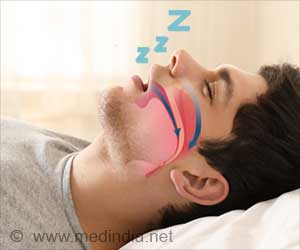In an otherwise bleak healthcare scenario has emerged a heartening development.The World Health Organisation (WHO) has designated Paromomycin IM injection manufactured by the US based Institute for OneWorld Health, a non-profit drug firm, for inclusion in its Model List for Essential Medicines.
Paromomycin IM Injection is a cost-effective treatment for visceral leishmaniasis (VL), the world’s second most deadly parasitic disease after malaria.It is a systemic infection caused by various species of Leishmania parasites. The infection is transmitted by sandflies and causes chronic fever, weight loss, anemia and spleen and liver and anemia. With approximately 500,000 new cases occurring annually worldwide, visceral leishmaniasis, also known as kala azar, primarily afflicts the rural poor.
Left untreated, VL is nearly always fatal. VL currently occurs in 62 countries, primarily in the developing world. Of the approximately 500,000 new cases of VL occurring annually, 90% are found in just five countries: India, Bangladesh, Nepal, Sudan and Brazil.
The Indian subcontinent carries 70% of all estimated new VL cases per year worldwide, with India alone is burdened with 50% percent of all new cases. The most affected state in India is Bihar, but VL is also endemic in the states of Jharkand, West Bengal, and Uttar Pradesh.
Paromomycin, an off-patent aminoglycoside antibiotic, is an established drug with an extensive and well-characterized safety profile. Paromomycin IM Injection is now available for the first time as a new treatment of VL as a once-a-day injection for 21 days. The cost of Paromomycin IM Injection is significantly lower than other currently approved VL therapies.
The WHO List of Essential Medicines provides a model for countries to select medicines addressing public health priorities. Medicines are selected by the WHO’s Expert Committee on the Selection and Use of Essential Medicines based on its quality, safety and efficacy standards. The WHO List of Essential Medicines helps governments address problems of cost and availability and provides guidance to the pharmaceutical industry on medicine needs globally.
Advertisement
“The inclusion of OneWorld Health’s first approved drug product on the WHO Essential Medicines List recognizes the value of Paromomycin IM Injection to combat this lethal disease. This recognition is an important step in the realization of our drug development mission: Bringing the promise of safe, effective, and affordable medicines to those most in need,” said Dr. Ahvie Herskowitz, OneWorld Health’s Co-founder and Chief Medical Officer.
Advertisement
WHO first published the first Model List of Essential Drugs in 1977, identifying 208 individual medicines that together could provide safe, effective treatment for the majority of communicable and non-communicable diseases. Essential medicines are intended to be available within the context of functioning health systems at all times in adequate amounts, in the appropriate dosage forms, with assured quality and adequate information, and at a price the individual and the community can afford.
Many international organizations, including UNICEF and the U.N. High Commission for Refugees (UNHCR), as well as other nongovernmental organizations and international non-profit supply agencies, have adopted the essential medicines concept and base their medicine supply system on WHO’s list.
Source-Medindia
GPL/V





